Most Midsize Crossovers Still Fail Small Overlap Test

The latest battery of IIHS crash tests underscores the fact that three-row family haulers aren’t necessarily safe in a crash.
Of nine evaluated vehicles, the Chevrolet Equinox at its GMC Traverse sibling are the only two to scored a “good” rating in all areas. Toyota’s Highlander got an “acceptable” score in several areas and still managed to join the General Motors products with a “Top Safety Pick Plus” rating.
But the Toyota 4Runner, Jeep Grand Cherokee, Ford Explorer, Kia Sorento (and presumably by extention Hyundai Santa Fe) along with the Mazda CX-9 and Honda Pilot all returned negative results. All of those except the Jeep showed at least one “poor” rating.
“SUVs have gotten much safer over the past few generations, but some are better than others at providing comprehensive front crash protection,” IIHS executive vice president and chief research officer David Zuby said in a statement. “When it comes to midsize SUVs, General Motors is showing the way forward. The Equinox and Terrain score well in all components of the small overlap test — structure, restraints and kinematics, and injury measures for four body regions.”
SEE ALSO: Three-Row Crossover Comparison Test
Introduced more than a year and a half ago, the small overlap test is still confounding companies and proving to be a common weak point. Vehicles with transverse engine configurations tend to score better in that scenario because of their inherant structure. Longitudinal (rear-wheel drive based) layouts are generally not as well bolstered to deal with that sort of impact without a carefully-planned design.
The IIHS said today that GM managed to overcome the test through changes to the 2014 model year that bolstered their front structure and door hinge pillars.
By contrast, the Honda Pilot performed the worst of all nine. Driver space was compromised and the brake pedal moved inward by 16.5 inches. The crash test dummy’s head barely touched the airbag and the steering column moved 5.5 inches to the right.
Discuss this story at our General Motors forum

Luke is an energetic automotive journalist who spends his time covering industry news and crawling the internet for the latest breaking story. When he isn't in the office, Luke can be found obsessively browsing used car listings, drinking scotch at his favorite bar and dreaming of what to drive next, though the list grows a lot faster than his bank account. He's always on <A title="@lukevandezande on Twitter" href="http://twitter.com/lukevandezande">Twitter</A> looking for a good car conversation. Find Luke on <A title="@lukevandezande on Twitter" href="http://twitter.com/lukevandezande">Twitter</A> and <A title="Luke on Google+" href="http://plus.google.com/112531385961538774338?rel=author">Google+</A>.
More by Luke Vandezande


















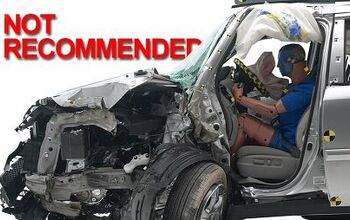
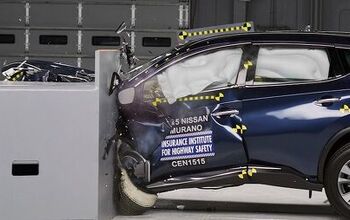
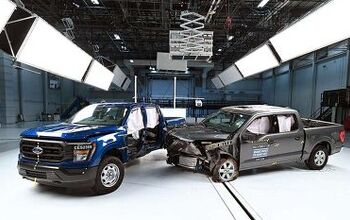
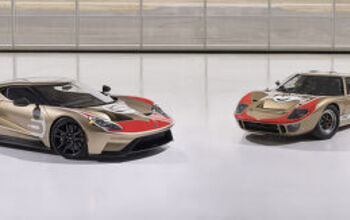




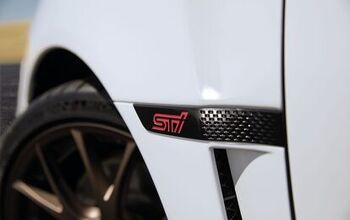
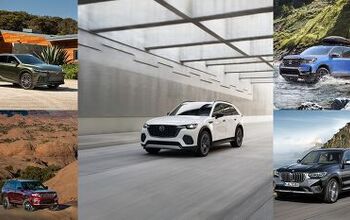
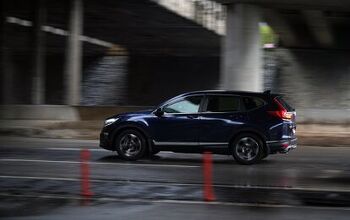
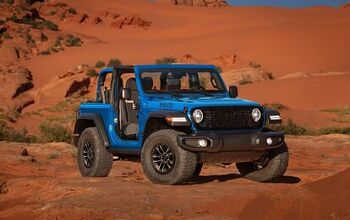

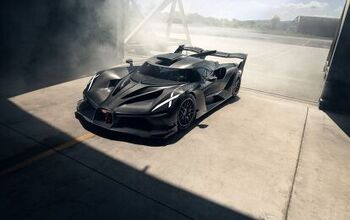
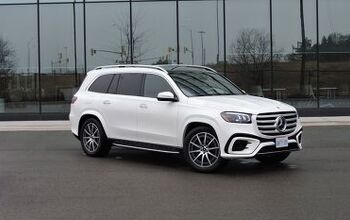
Comments
Join the conversation
One of the downsides of this method of testing is that when these cars hit another vehicle on the road, they're more likely to carry momentum than the smaller cars, meaning in many cases they won't need to crumple as well as their sedan counterparts would. Not saying they should be held to a lower standard or anything, but it's a tough thing to gauge well.
The Subaru Outback is a notable omission here, which received Good ratings in the IIHS small overlap tests for both 2013 and 2014.